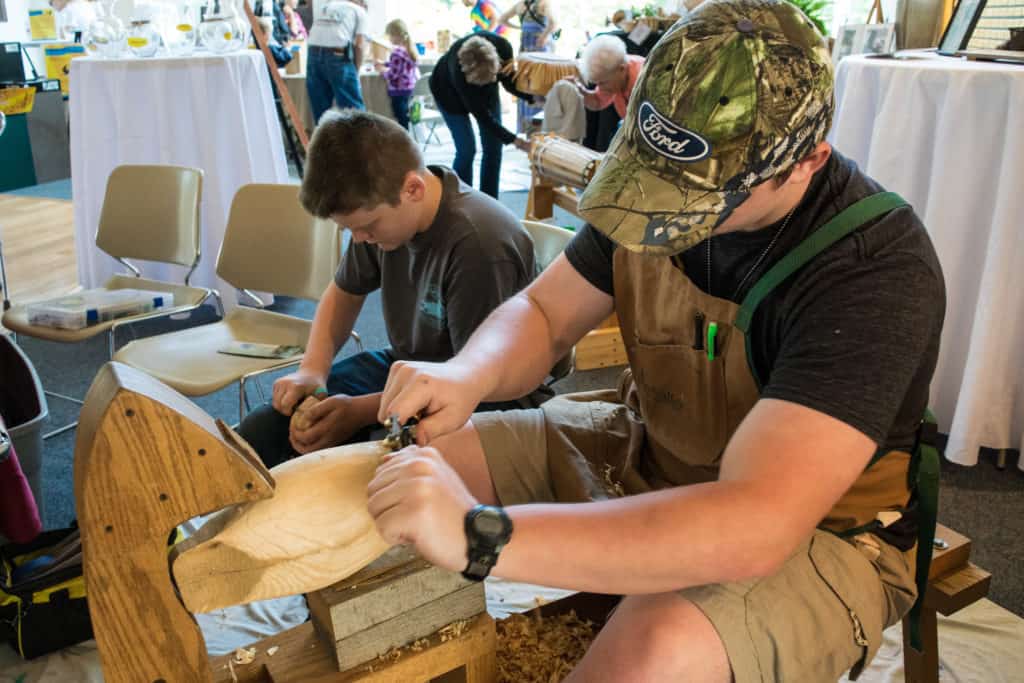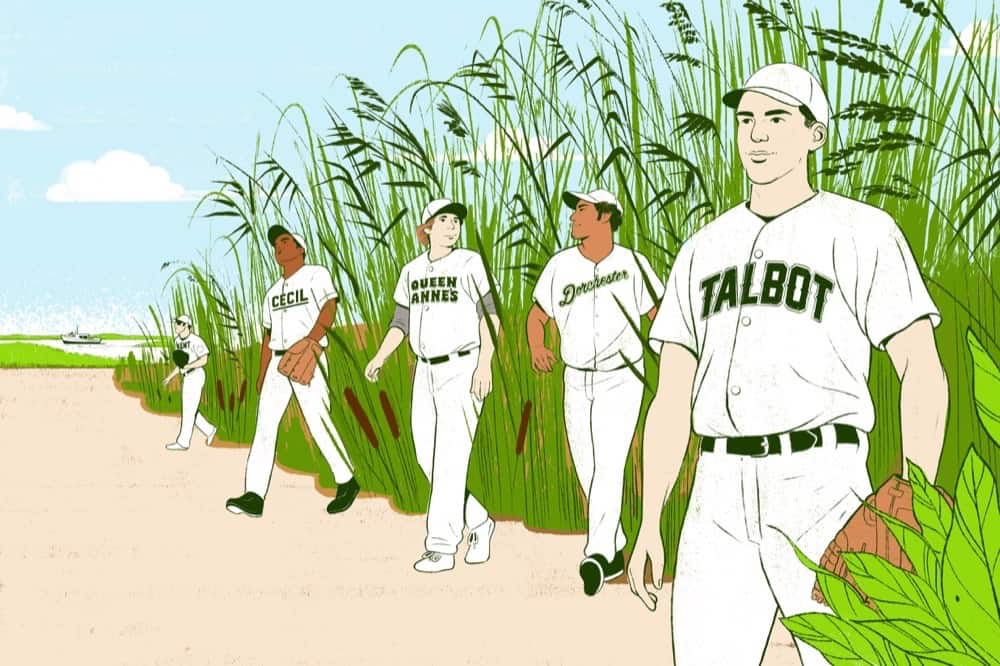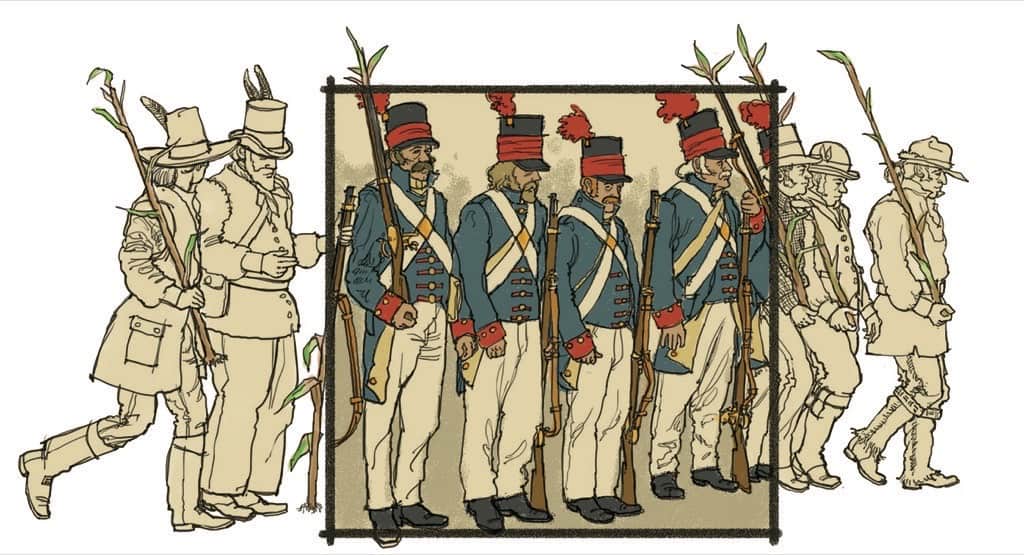World championships are becoming common on Maryland’s Eastern Shore. In November, the town of Easton hosted the world championship for duck and goose calling. Next weekend, April 21 through 23, world champion decoy carvers descend on Ocean City, Maryland, for their world championship competition.
The 50th Ward World Championship Wildfowl Carving Competition brings international artists together to present 1,200 wildfowl decoys representing 150 different species. The decoys may be distinct, but a love for the birds of the area is a common thread uniting all who attend.
Visitors to the event can attend how-to classes and seminars on creating their own carvings of ducks, geese, and waterfowl. As many as 5,000 are expected to attend.
Brittany Andrew, the Ward Museum’s interim executive director, says the April event showcases how a “utilitarian decoy that you would normally put in the water is also viewed as art you could put on your mantel.”
“These birds are so realistic you think they’re going to turn their heads and blink at you,” said Andrew. “I can say from first-hand experience you want to touch them because they look so soft.”
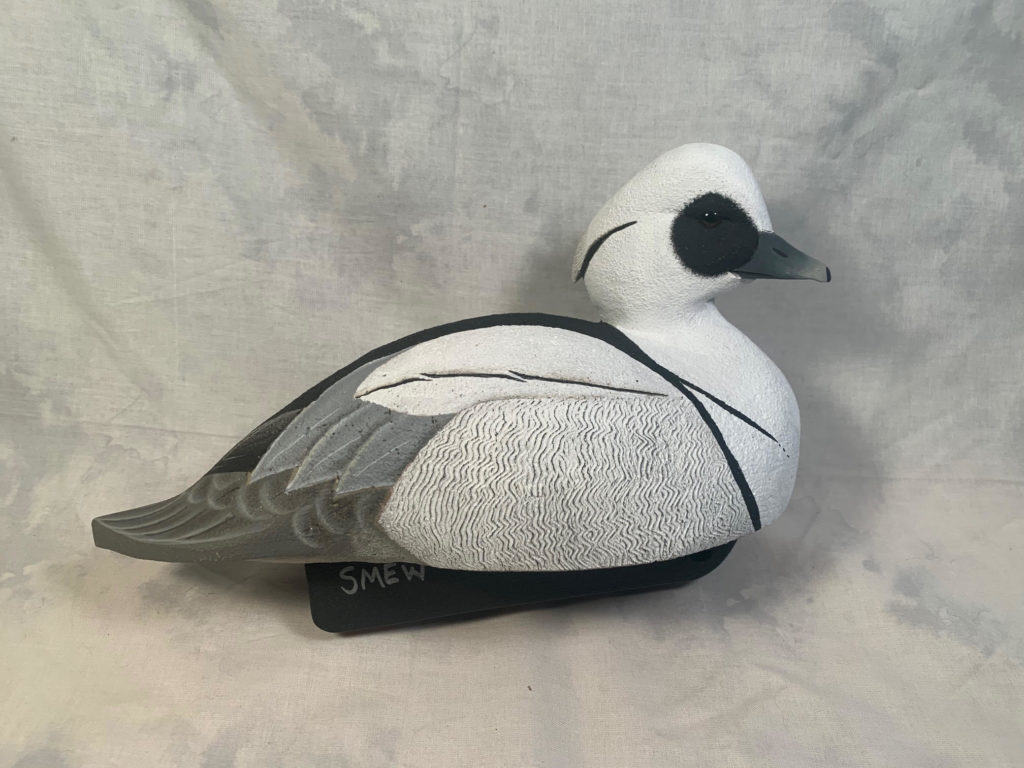
Decoy 101
“I start with an idea or maybe a photograph or an old decoy and draw it on paper,” says Ross Smoker who will teach a carving for beginners class during the event. “Drawing it on paper allows you to make sure the dimensions are accurate and then you place the paper over the wood to begin the work.”
The wood is a key part of what you’ll see on display at the event. Decoys are typically made from blocks of 4-inch by 8-inch soft wood and Smoker says there is a variety of choices. “I get white pine from a nearby lumber mill in Pennsylvania. Some use white cedar and people in the south use tupelo. I know folks in Chincoteague using cottonwood,” says Smoker. He notes that techniques vary among the carvers. “There are several different schools out there; some guys are purists, and they only use hand tools. Some use power tools while most do a mix of hand and power.” Smoker’s first decoys were crafted over 30 years ago: a ruddy duck followed by a coot, which he entered into a local Ducks Unlimited contest. He sold both.
There’s money to be made with a decoy. In 2007, Christie’s Auction sold a red-breasted merganser hen decoy for $856,000. That same year, a pair of Elmer Crowell decoys (pintail drake and Canada goose) sold for $1.13 million each.
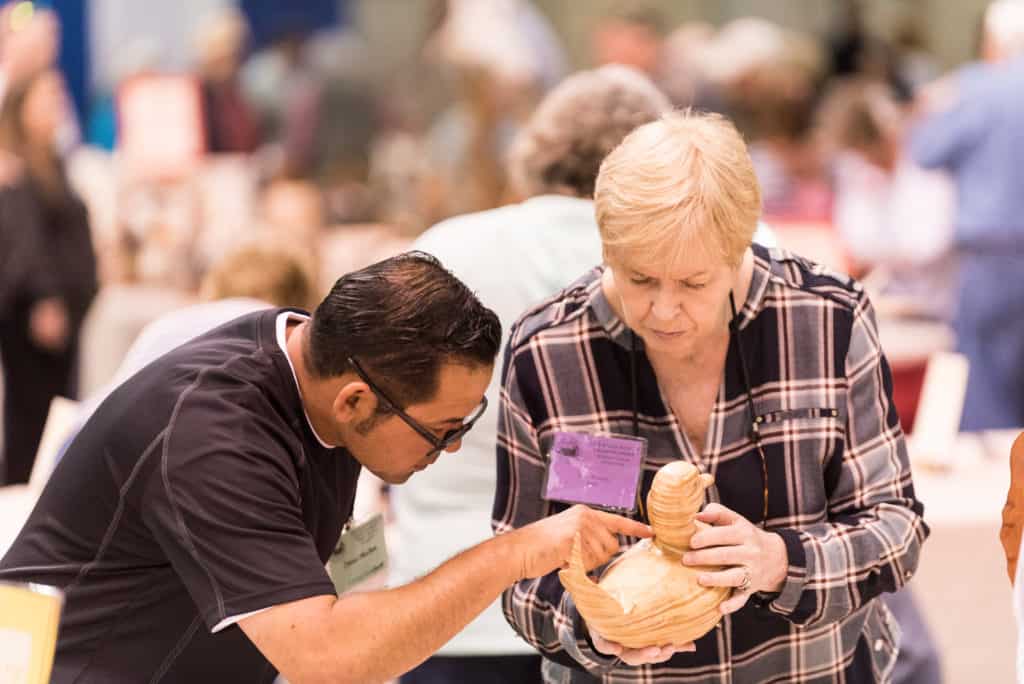
The festival will feature the Old Bird People’s Choice award for any attendee’s decoy carved prior to 1950. “The event itself kind of reads like a family reunion,” says Andrews. “Not only are you seeing the grandchildren and great-grandchildren of carvers who came in the 1970s, it’s something they’ve done for 40 to 50 years. The people who bring them usually know the stories or something about the carver.”
Speaking of stories, there will be a Living Legends Award Dinner recognizing six carvers who have not only created noteworthy decoys but taken the time to teach others how it’s done. Ross Smoker, Jeff Rechin, Jeff Bounds, Don Burgette, Larry Barth, and Jeff Brunet will be honored for their work Friday, April 21 at Ocean City’s Grand Hotel. For more information, visit www.wardmuseum.org.

